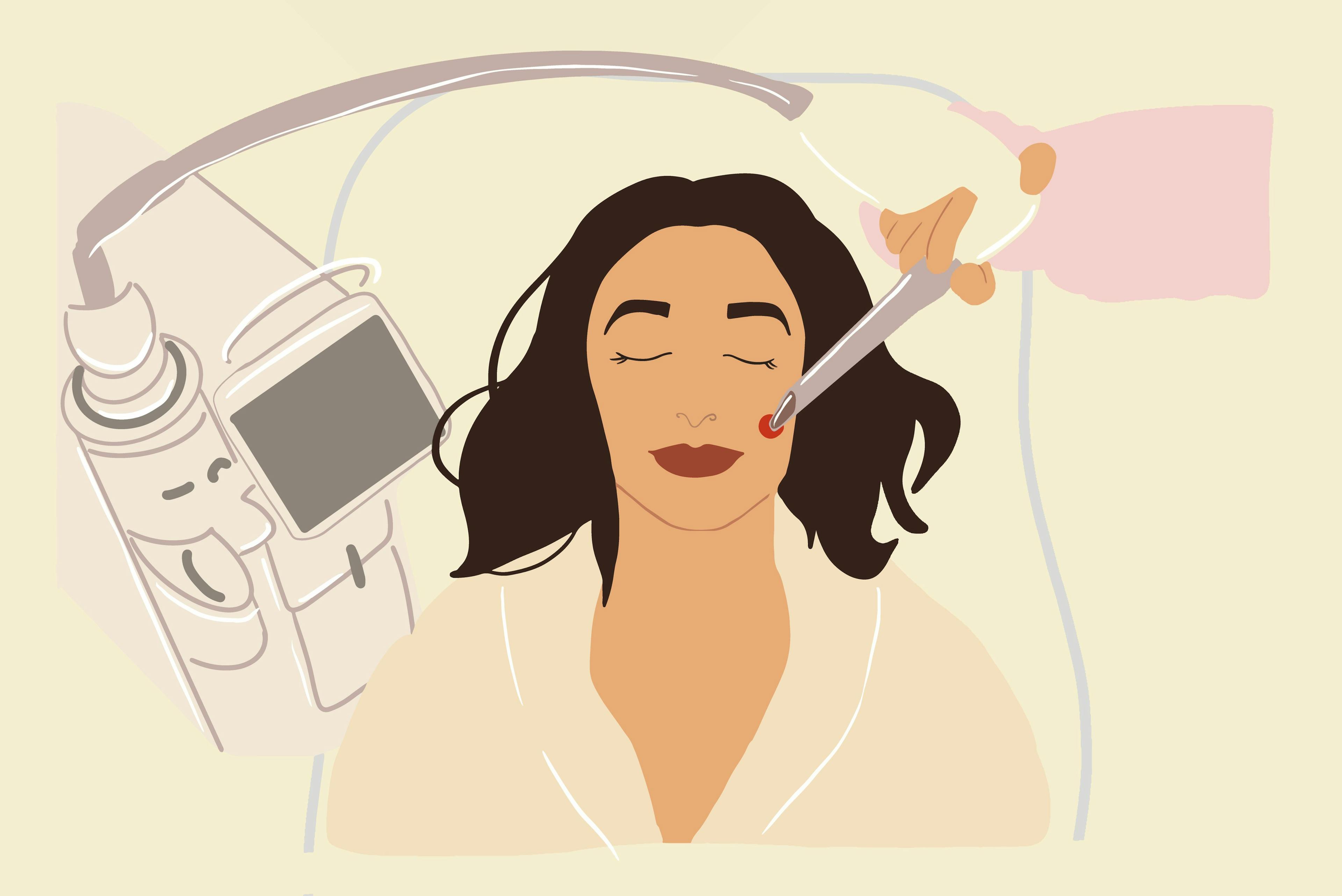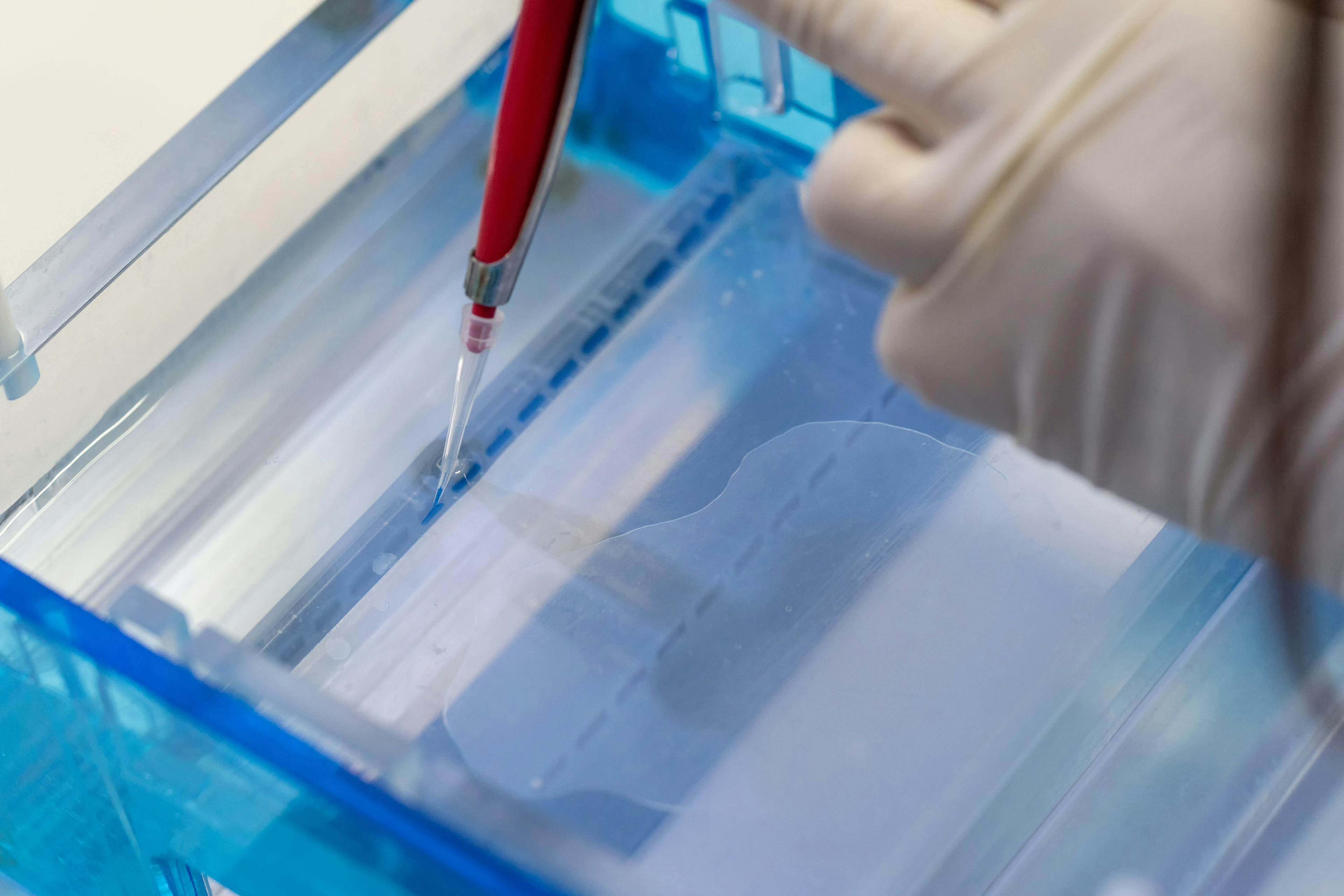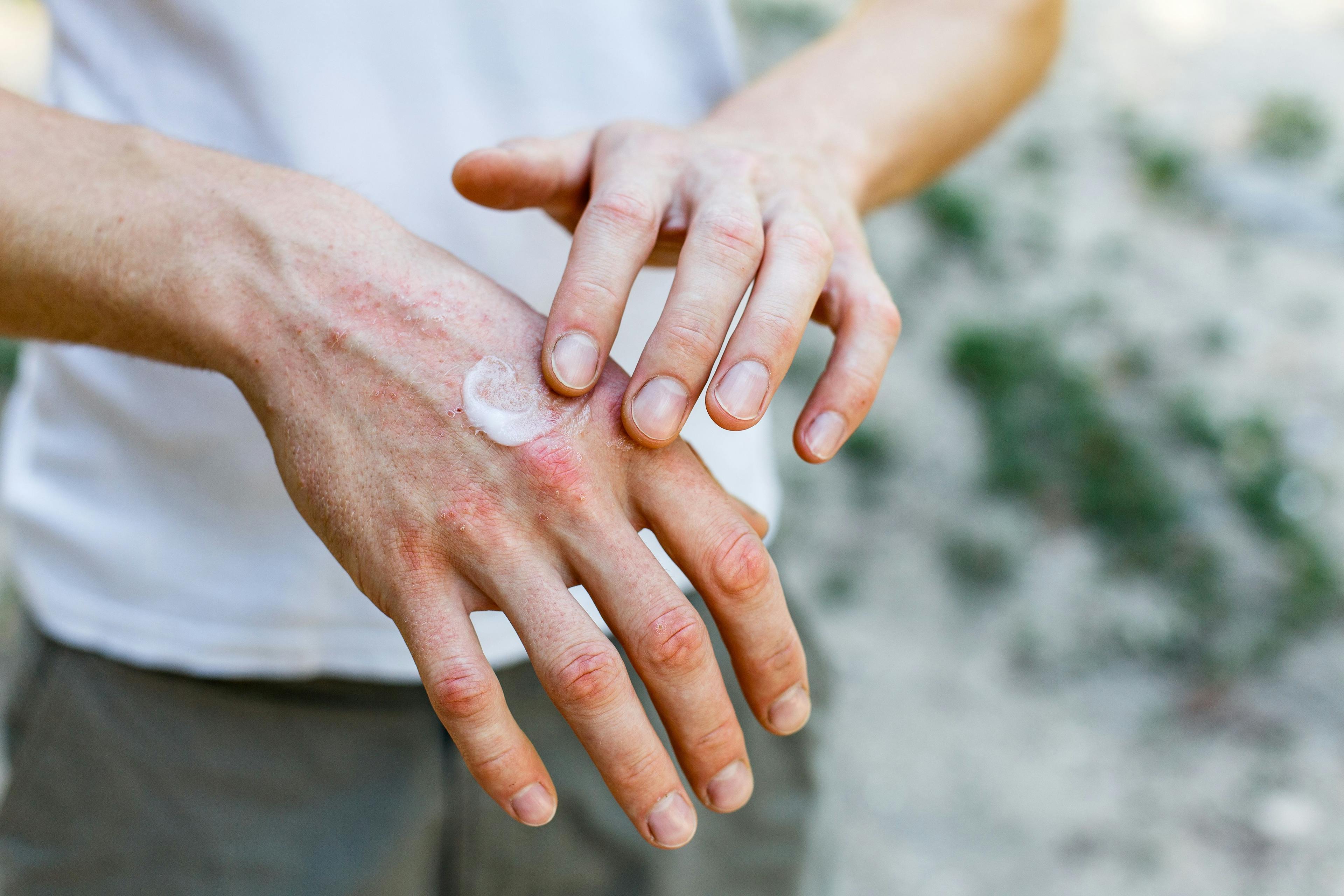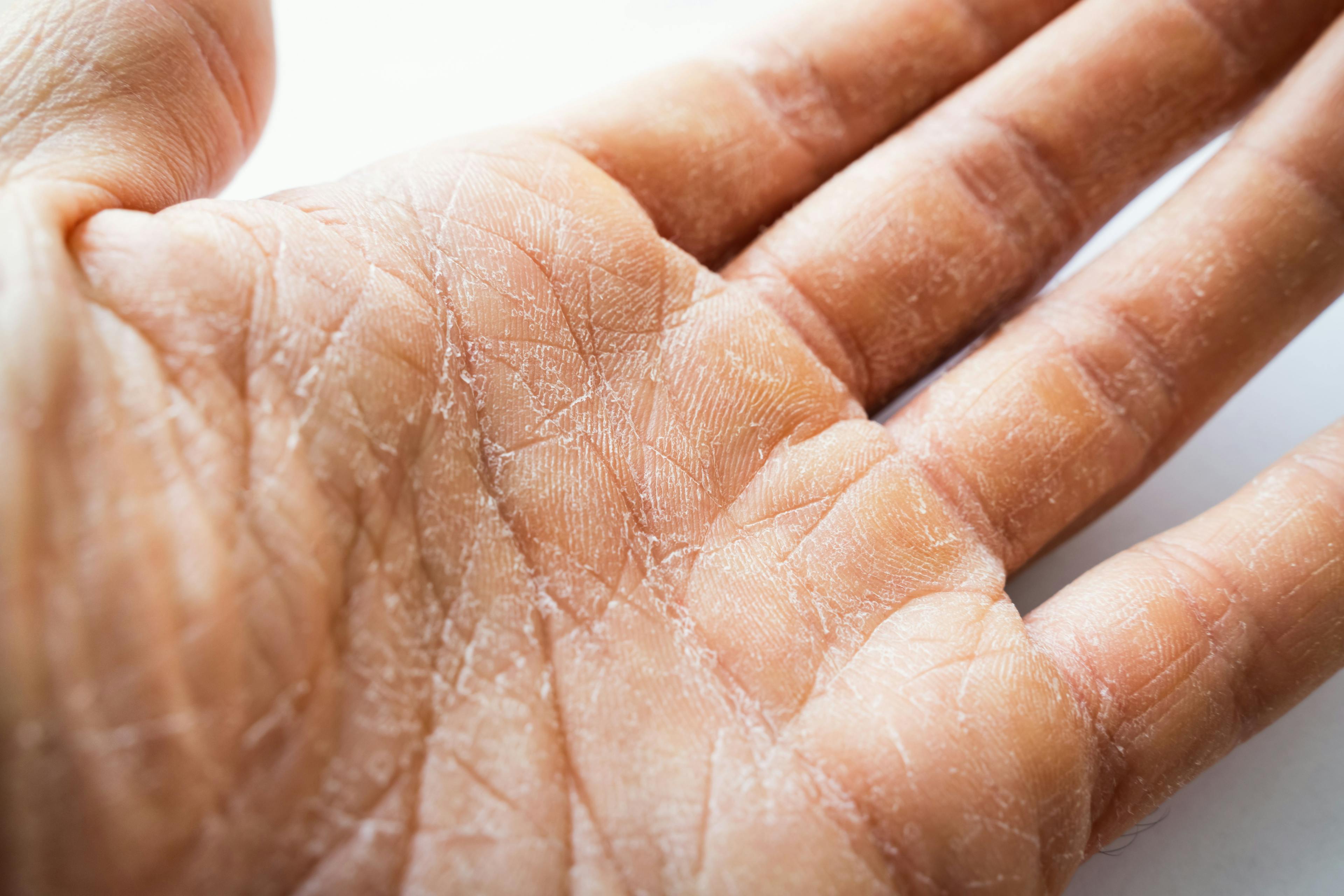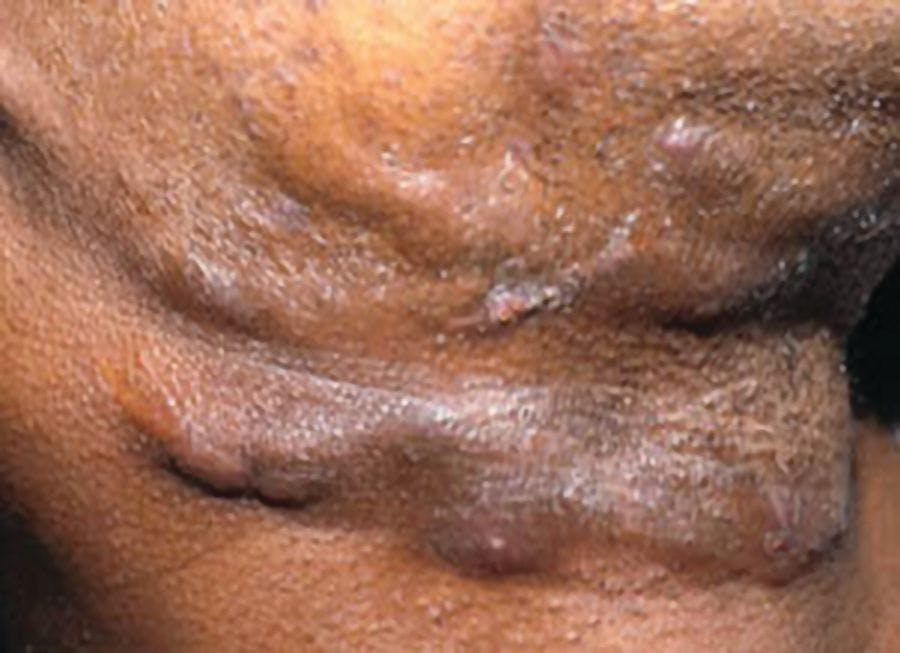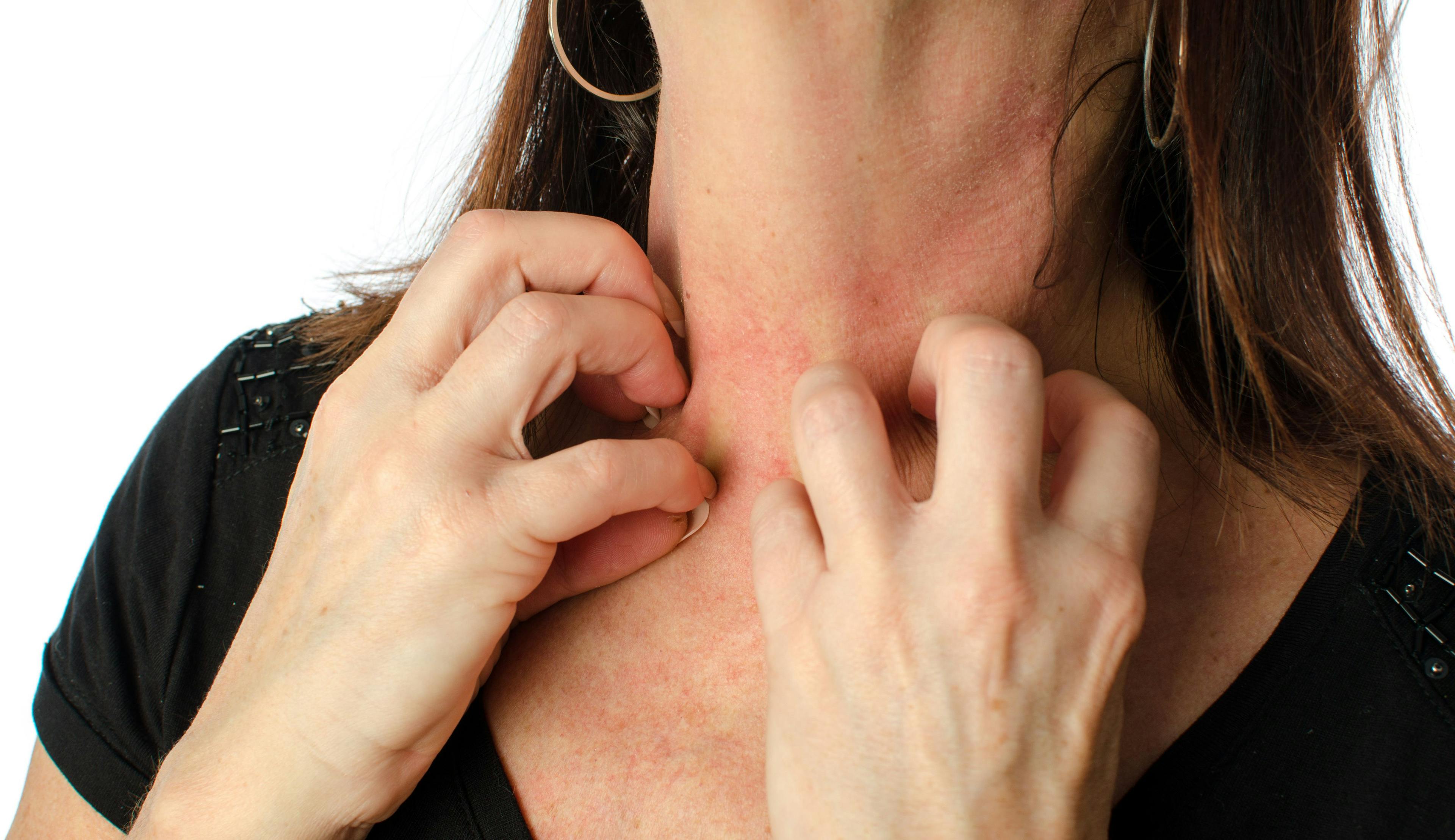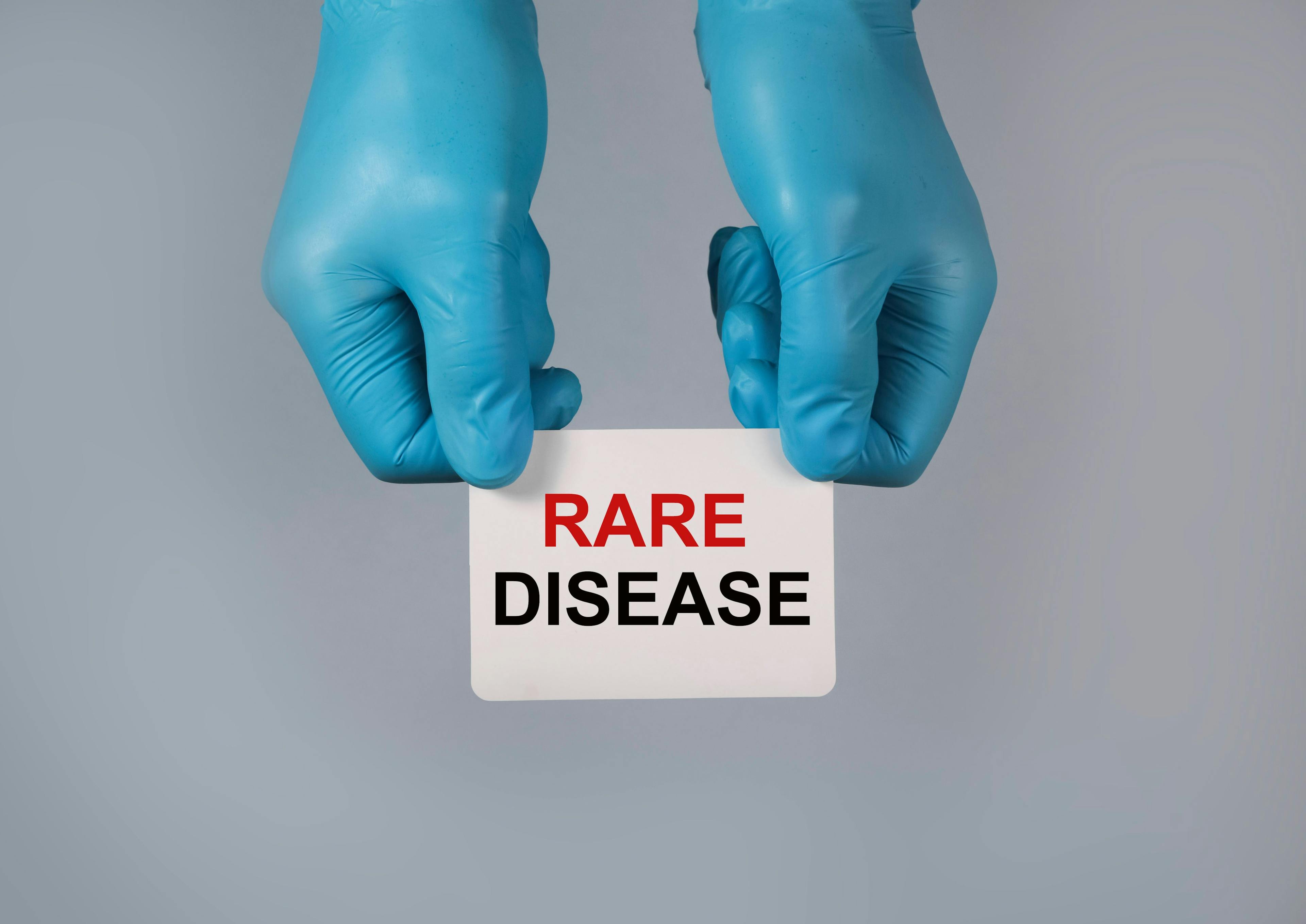- Acne
- Actinic Keratosis
- Aesthetics
- Alopecia
- Atopic Dermatitis
- Buy-and-Bill
- COVID-19
- Case-Based Roundtable
- Chronic Hand Eczema
- Chronic Spontaneous Urticaria
- Drug Watch
- Eczema
- General Dermatology
- Hidradenitis Suppurativa
- Melasma
- NP and PA
- Pediatric Dermatology
- Pigmentary Disorders
- Practice Management
- Precision Medicine and Biologics
- Prurigo Nodularis
- Psoriasis
- Psoriatic Arthritis
- Rare Disease
- Rosacea
- Skin Cancer
- Vitiligo
- Wound Care
News
Article
Dermatology Times
Hand Health
Author(s):
In this month's Cosmetic Conundrums column, Zoe Diana Draelos, MD, reviews how to prevent hand dermatitis.
Q: What are hand sanitizers, and why do they cause hand dermatitis?
A: Hand sanitizers are waterless cleansers designed to remove bacteria from the hands and are based on alcohols and quaternary ammonium compounds, which possess different antimicrobial properties and act through different mechanisms. The most commonly used hand cleansers contain ethanol, which has excellent killing properties against both gram-positive and gram-negative bacteria and fungal organisms. However, ethanol is not effective against bacterial spores and has variable efficacy in killing enveloped viruses. Ethanol hand sanitizers are flammable and cannot be used where open sparks are present, such as in the operating room or around electrocautery equipment.
Quaternary ammonium compounds, such as benzalkonium chloride or benzethonium chloride, adsorb to the cytoplasmic membrane of microbes, causing leakage of cytoplasmic contents. They are bacteriostatic against gram-positive bacteria and some gram-negative bacteria and are fungistatic. They are not active against nonenveloped viruses. It is interesting to note that some species of Staphylococcus aureus carry a gene that allows resistance to quaternary ammonium compounds. These organisms are also more likely to be antibiotic resistant. Quaternary ammonium compound hand sanitizers may not be the best choice when methicillin-resistant Staphylococcus aureus is a concern.
The use of hand sanitizers increased dramatically during the COVID-19 pandemic, and consequently, the incidence of hand dermatitis also increased. All types of hand sanitizers contain substances that damage the skin barrier, resulting in hand dermatitis. They can solubilize bacterial cell walls and intercellular lipids. The removal of the lipids increases transepidermal water loss, resulting in hand dermatitis. With continued use, the barrier damage worsens along with the dermatitis. Although some hand sanitizers claim to be moisturizing, there is no such thing as an antibacterial moisturizer.
Q: How can you minimize hand dermatitis resulting from hand sanitizer use?
A: The best way to minimize hand dermatitis that results from hand sanitizer use is to stop the use of the hand sanitizer. In most cases, this is not possible. However, there have been some studies that show hand sanitizer use results in less hand dermatitis than frequent hand washing. Most hospitals have switched to hand sanitizer use over hand washing for physician/patient hygiene. Hand sanitizer use is here to stay.
Other activities that may lessen hand dermatitis include using less sanitizer such that only a thin coating is placed over the skin for disinfection. Any excess simply damages the intercellular lipids unnecessarily. Because barrier repair cannot occur during the day, a well-designed hand moisturizer should be used at night. This hand moisturizer should contain petrolatum, glycerin, and/or dimethicone—even pure petroleum jelly can be used at night to facilitate barrier repair. Wear gloves as barrier protection to minimize the use of hand sanitizer whenever possible. In addition, only apply the hand sanitizer to dry hands, as wet skin will facilitate penetration and further barrier damage.
Q: What else can be done to prevent hand dryness?
A: There are several other ways to minimize hand dryness. Remember that cracked, fissured hands are an excellent way to contract disease, so an intact barrier is the best protection. Several other ideas to prevent hand dryness include the following:
- Turn down the water temperature. Hot water will damage the skin barrier more than lukewarm water. If the hands are excessively greasy, hot water may be necessary to assist in solubilization of the lipid. Otherwise, the hot water will simply remove more intercellular lipids, resulting in more hand dryness.
- Do not use excessive cleanser. Unfortunately, the cleanser cannot tell the difference between the lipid dirt on your skin and your intercellular lipids. The cleanser will continue to solubilize lipids until the detergent has been exhausted. More cleanser does not necessarily mean cleaner skin. Use only enough cleanser to place a thin coating over the hands. Excess detergent means enhanced barrier damage.
- Avoid using too much water to rinse the hands. Water is an excellent solvent by itself without added detergent. Thoroughly rinse the cleanser from the hands, but do not use excessive water. Minimize water contact to the greatest degree possible.

Newsletter
Like what you’re reading? Subscribe to Dermatology Times for weekly updates on therapies, innovations, and real-world practice tips.

